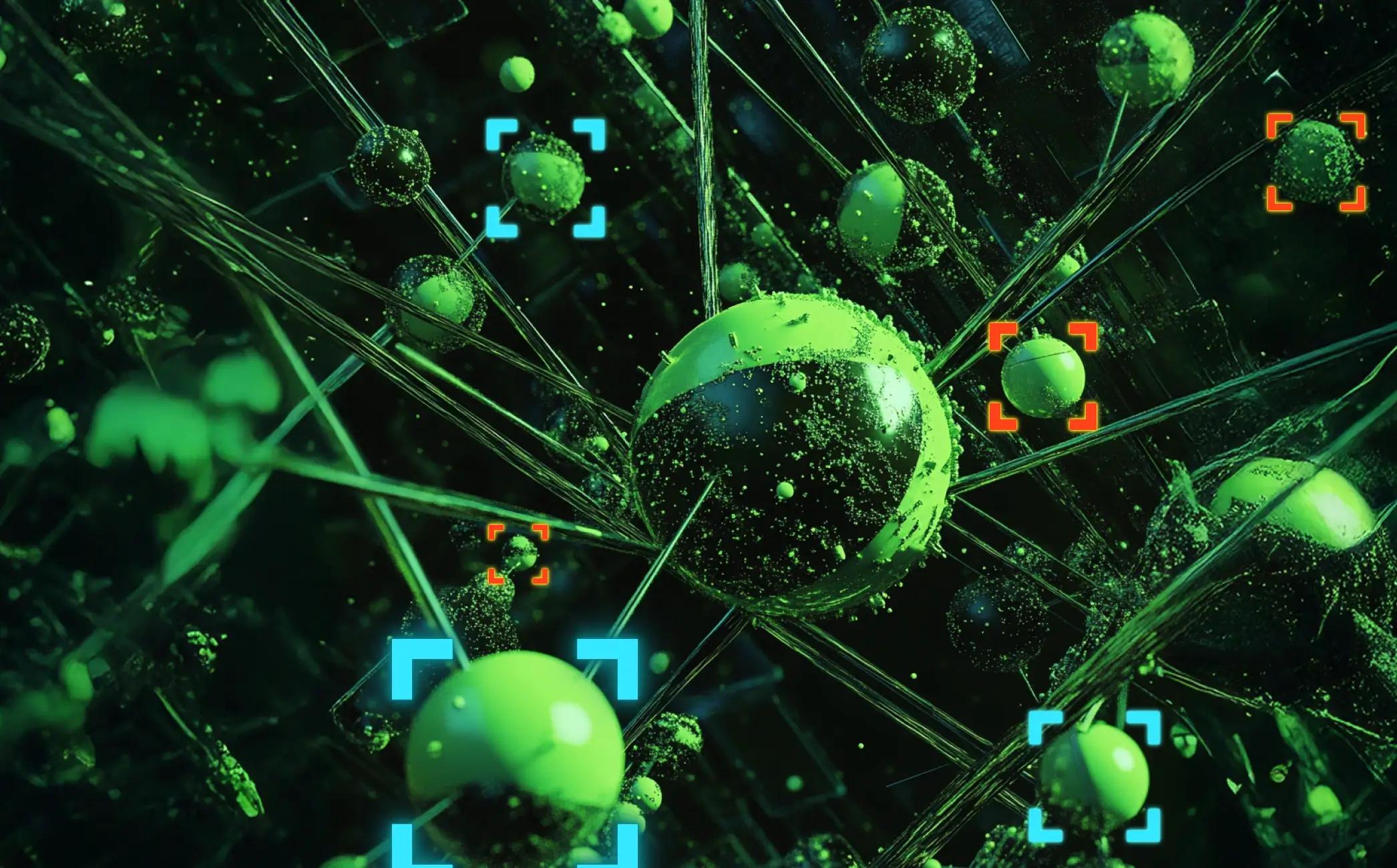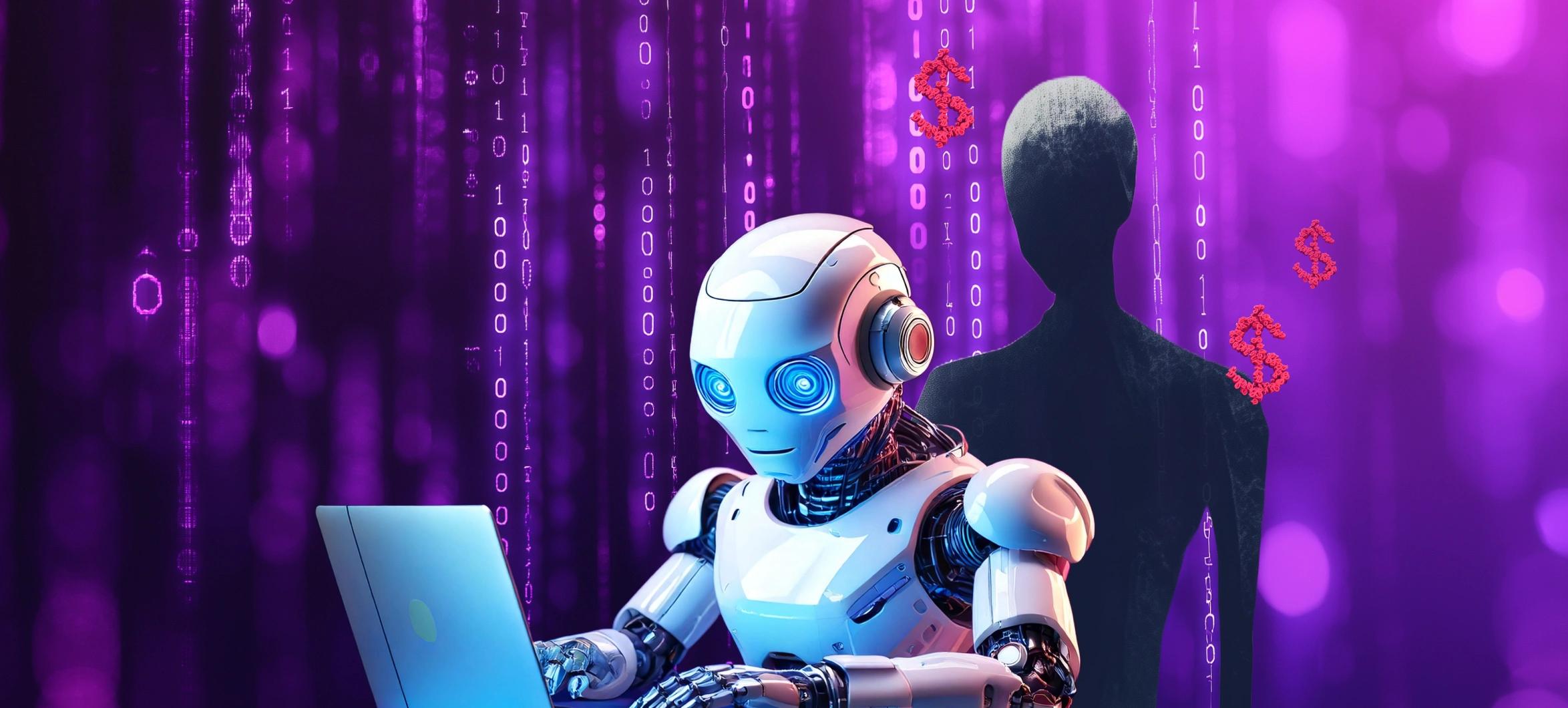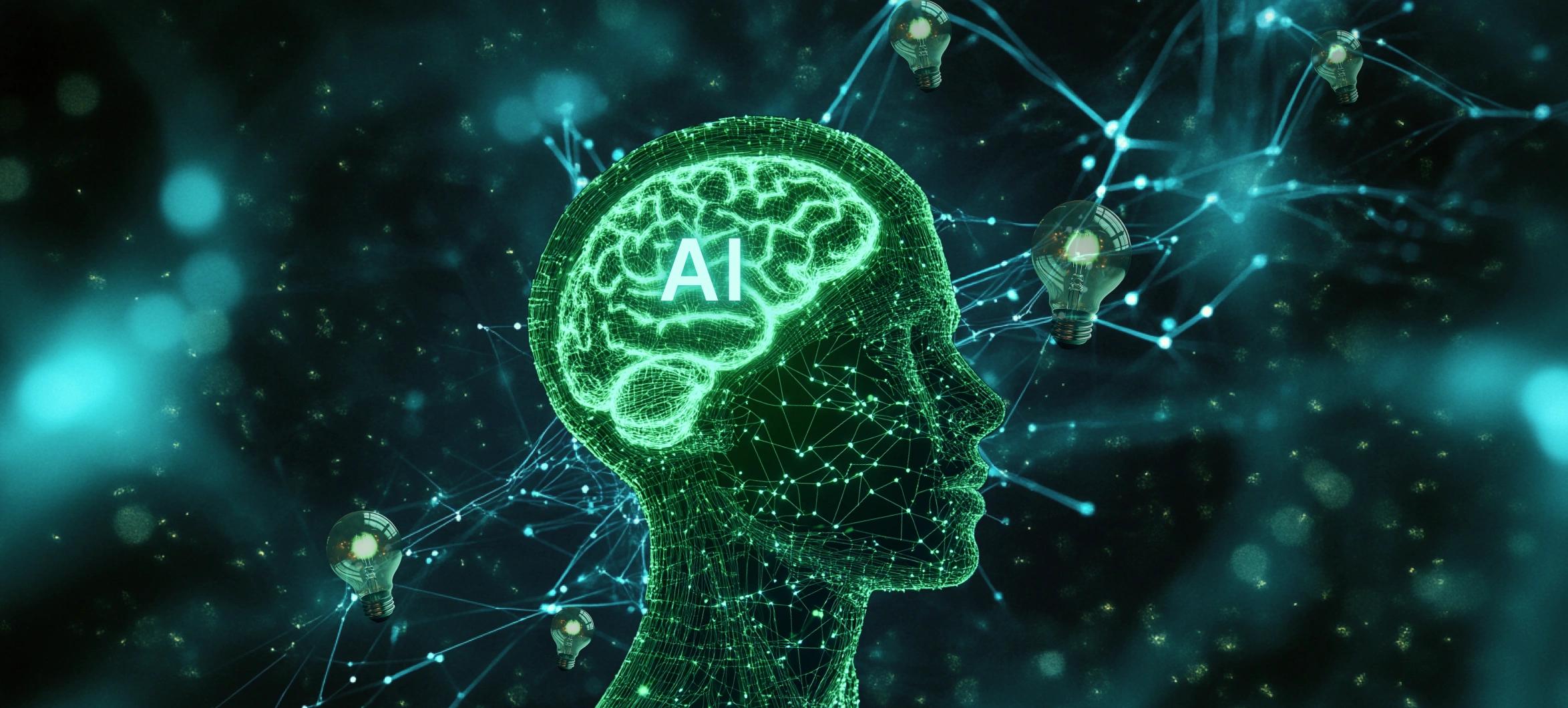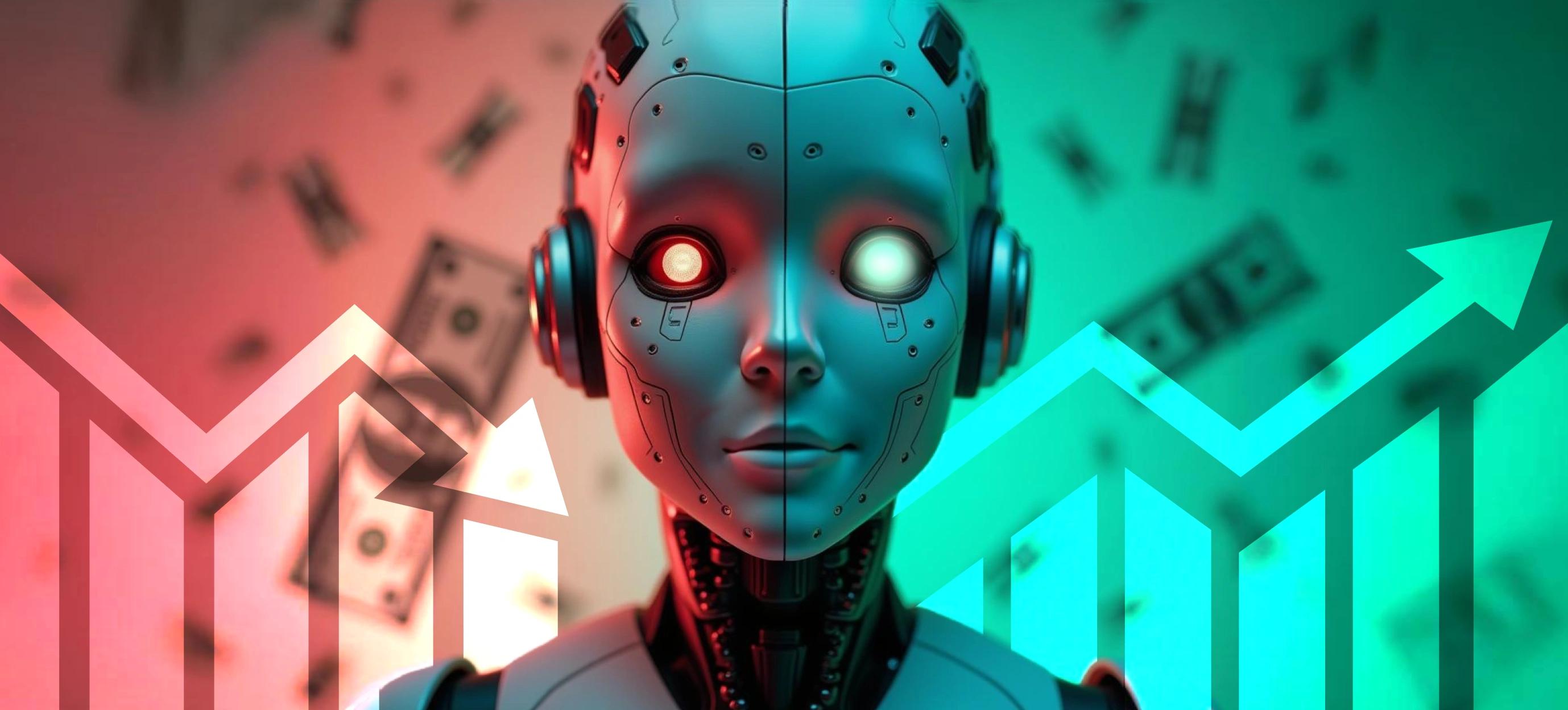Waste Not, Want Not With Artificial Intelligence
How AI in Circular Economy Solutions is Closing the Loop on Waste
Let’s be honest. Our economy has a bad habit. We take, we make, and then we toss. The ‘take-make-dispose’ cycle is as old as industrialization itself, and it’s no surprise that our planet is starting to max out on storage space. And that’s how the circular economy solutions pose as a smarter and more responsible way of doing business. Instead of sending products and materials to an early landfill grave, we keep them in play, reusing, repurposing, and recycling to extract value to the fullest.
Executing circular economy solutions efficiently and at scale is a logistical nightmare. That’s where sustainable AI technologies swoop in, not as a replacement for human decision-making, but as a powerful enabler of sustainability. It can predict, optimize, and automate. In other words, AI isn't just helping businesses go green – it's helping the bottom line stay out of the red.
Let’s break this down.

Sustainable AI predicting recyclable products from the waste.
How AI is Automating the Circular Economy
1. Waste is Just Data Waiting to Be Optimized
A pile of discarded plastics, broken appliances, and surplus inventory may look like waste to you, but to AI, it’s usable material for a smart reroute. AI for waste management is already catalyzing waste sorting, making recycling far more efficient. AI-powered robots can identify and separate materials at 95% accuracy, dramatically reducing the contamination that renders recyclables useless.
Example : AMP Robotics uses computer vision AI to distinguish between different types of plastics, metals, and glass, increasing recycling efficiency while reducing labor costs.
2. Predicting Waste Before It Happens
What if we could stop waste from being created in the first place? AI-driven demand forecasting is already helping industries minimize overproduction; one of the biggest sources of waste in retail and manufacturing.
Example: Fashion retailers are notorious for excess inventory. AI and resource optimization help supply chain analytics predict demand with incredible accuracy, allowing companies like H&M to produce exactly what consumers need, cutting waste and markdown losses.
3. The Digital Twin Effect – Redesigning Products for Circularity
Before AI, designing sustainable products meant trial and error. Today, digital twins in sustainable design allow manufacturers to simulate the entire product lifecycle before a single unit is produced. They can test durability, recyclability, and material efficiency in a digital space before production even begins.
Example : Companies like Siemens use AI to create digital twins of industrial equipment, designing products that are modular, repairable, and recyclable from the start.
4. Smart Reverse Logistics, Because Returns Shouldn’t Mean Landfills
One of the biggest barriers to circularity is logistics. So how do companies efficiently retrieve, refurbish, or recycle old products? AI-driven supply chain optimization ensures that returned goods are resold, reused, or broken down for materials instead of discarded.
Example : Walmart uses AI-powered logistics to track returned goods and reroute them to secondary markets, donation centers, or recycling plants, reducing unnecessary waste.
5. AI-Driven Compliance Help Navigating the ESG Maze
Focus on sustainability gives your business a huge competitive advantage. Not to mention, good PR! With increased focus on sustainability, businesses rely on AI to stay compliant with environmental regulations by continuously analyzing data on emissions, waste disposal, and sustainable sourcing. AI also generates real-time ESG reports, helping companies prove their sustainability efforts to investors, customers, and regulatory bodies.
Example : AI tools from companies like IBM monitor carbon emissions, water usage, and supply chain ethics, ensuring compliance with tightening global regulations.
Why Executives Should Care
If the business case for sustainability still seems like a ‘nice-to-have,’ consider this : companies that integrate AI applications in circular business models are outperforming their competitors.
- Consumers are willing to pay up to 25% more for sustainable products. (Nielsen)
- Regulations like the EU’s Green Deal are making circularity a legal requirement, not a choice.
- Companies actively adopting sustainability practices see higher employee retention and investor confidence.
AI not only makes sustainability easier, but also profitable.

Sustainability is profitable.
Frequently Asked Questions
1. How does AI actually help reduce waste in manufacturing?
AI optimizes material usage, predicts demand accurately, and enables predictive maintenance in a circular economy to extend product lifecycles.
2. Is AI-powered recycling expensive to implement?
Initial costs exist, but machine learning in recycling increases efficiency, reduces contamination, and cuts operational costs over time.
3. Can small businesses use AI for sustainability?
Absolutely! Cloud-based AI-driven supply chain optimization provides affordable waste tracking, energy efficiency monitoring, and supply chain insights.
4. How does AI help with regulatory compliance in sustainability?
AI continuously tracks and reports emissions, energy usage, and waste management, ensuring compliance with evolving ESG regulations.
5. Is AI a threat to jobs in the recycling and waste industry?
AI enhances efficiency but also creates jobs in AI maintenance, sustainable AI technologies, and smart logistics.
The AI + Circular Economy Playbook for the Future
AI is not here to ‘fix’ sustainability; it’s here to make it inevitable as effortlessly as streaming your favorite show or getting groceries delivered. The businesses that embrace this shift will gain a first-mover advantage, not only in compliance but also in consumer trust, operational efficiency, and long-term profitability.
In the end, waste is not inevitable. It’s just the result of inefficient systems. AI is giving us the power to rewire those systems for a smarter, more sustainable world. Will your business be a leader in this new economy, or will it be scrambling to catch up?
Because in the circular economy solutions, what goes around really does come around.
Thinking about embedding AI-driven sustainability into your business? The time to start is now.





